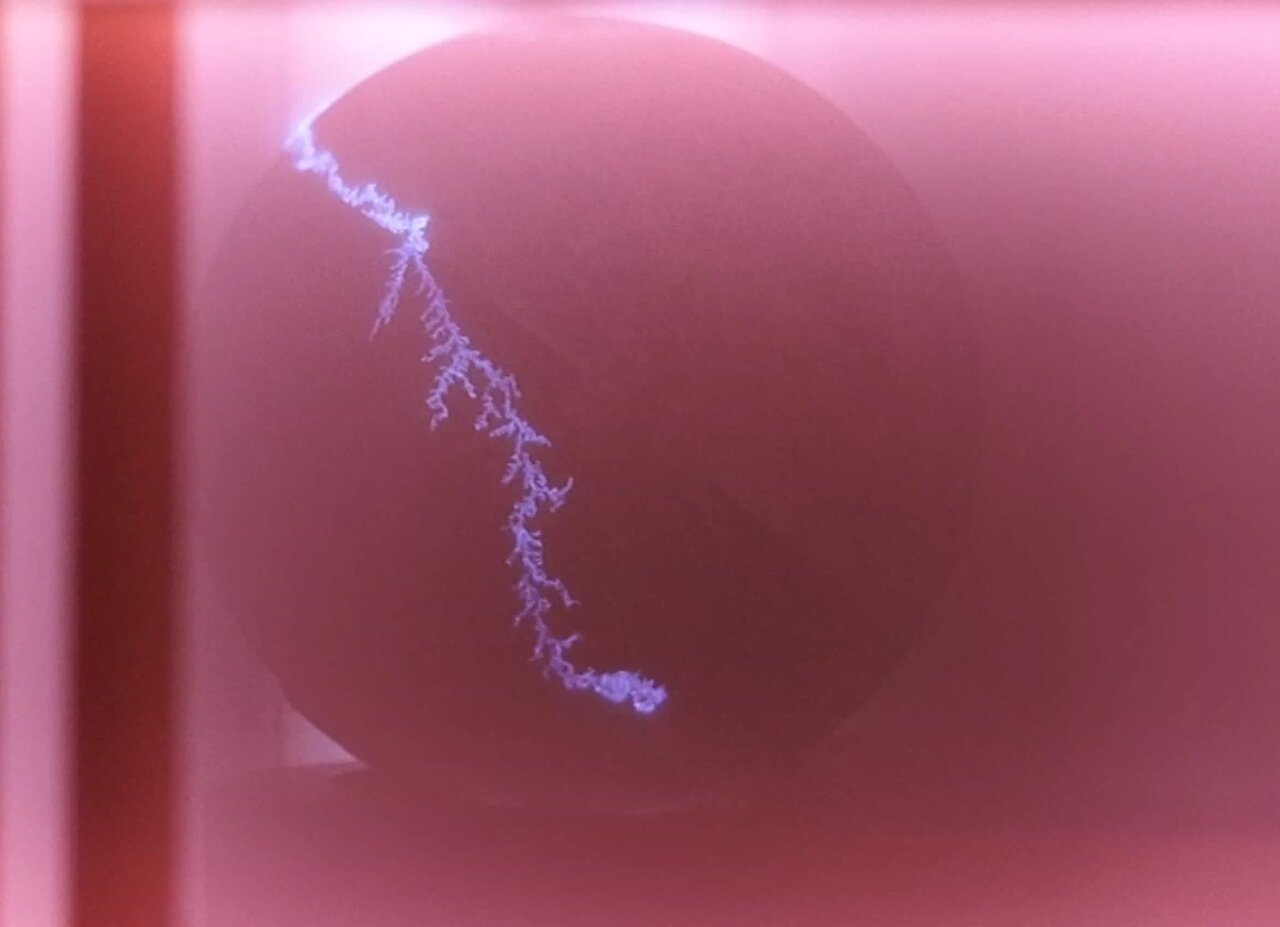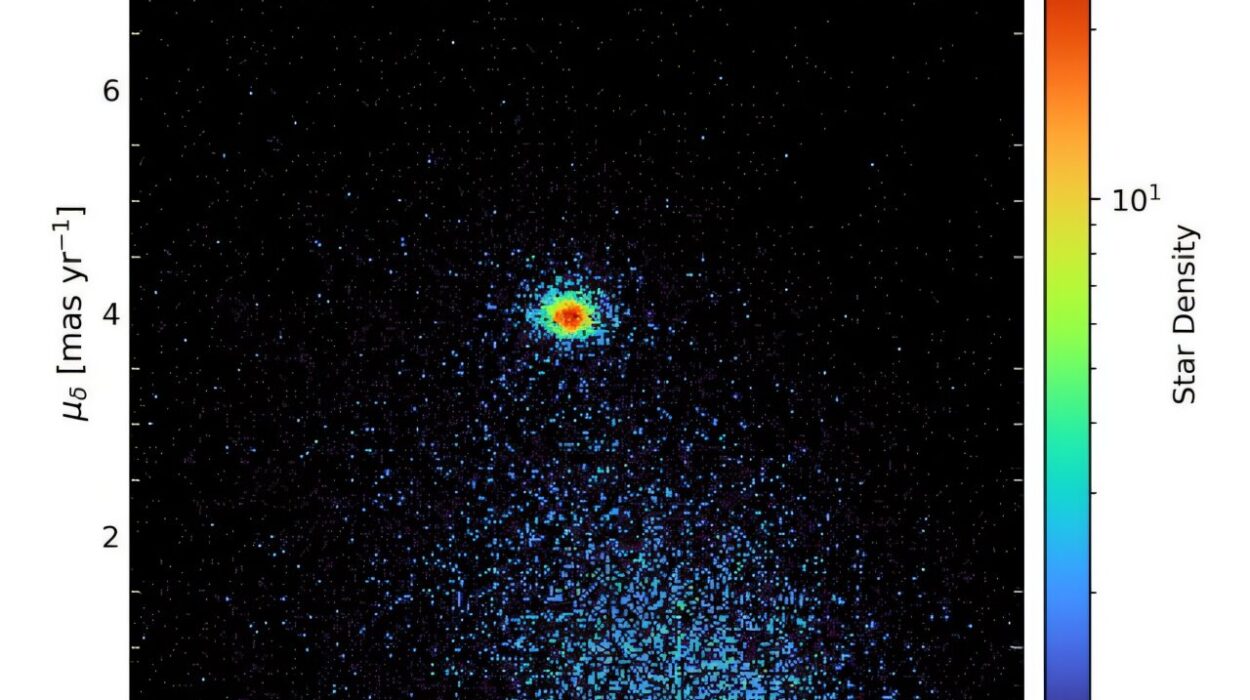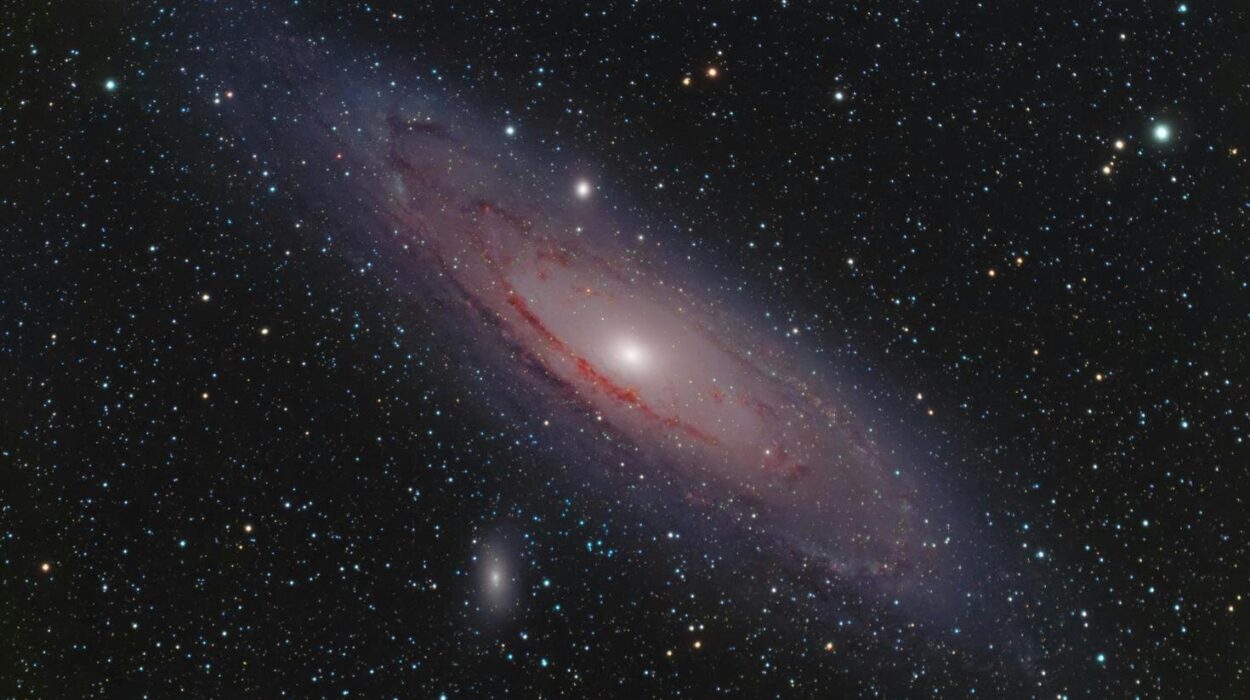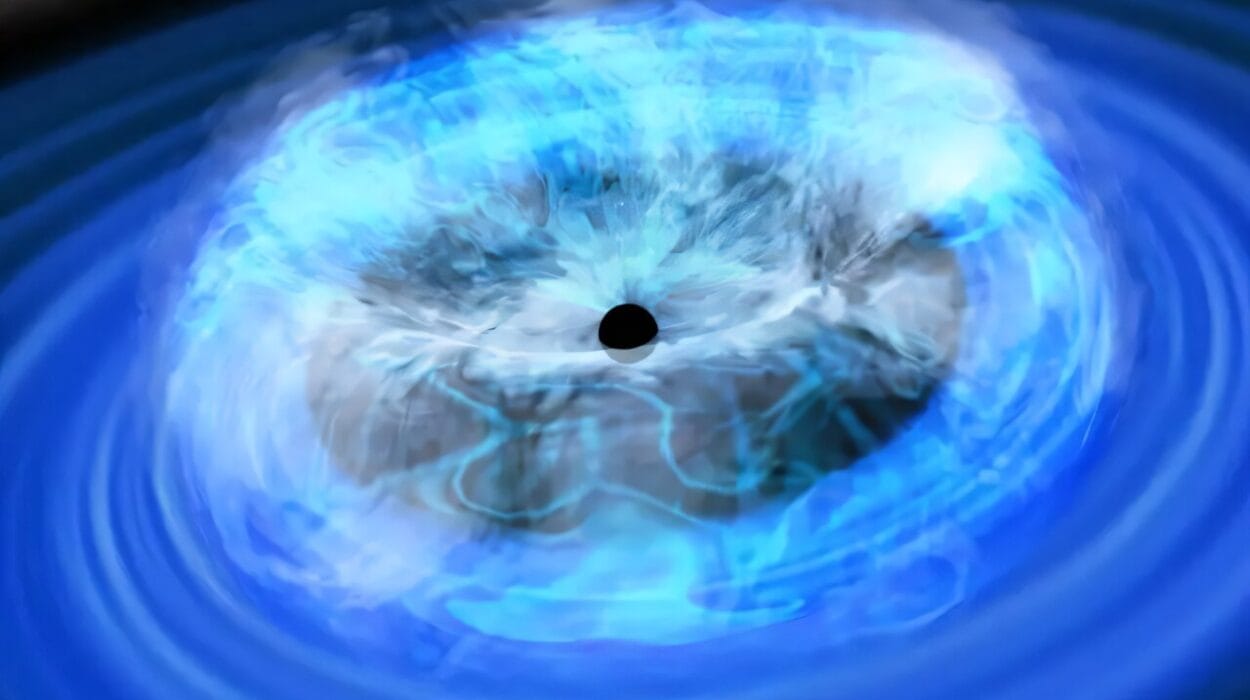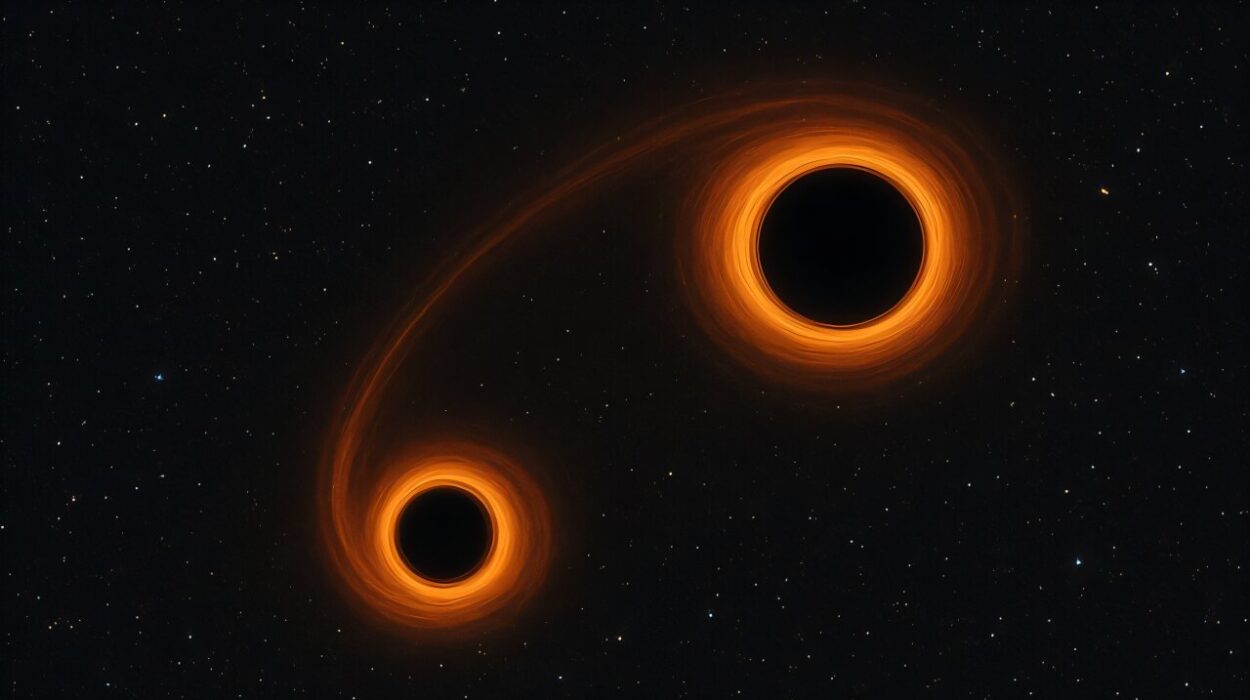In the vast realm of space exploration, the mission to understand extraterrestrial environments has always been a focal point for scientists. One of the most exciting and ambitious missions currently underway is the European Space Agency’s (ESA) JUpiter ICy moons Explorer (JUICE) mission. The spacecraft, on its journey to Jupiter, is set to investigate the icy moons—Ganymede, Callisto, and Europa—which are believed to harbor liquid water beneath their frozen surfaces. The presence of liquid water on these moons makes them prime candidates for the search for extraterrestrial life. But the mission’s success depends on cutting-edge technology, a significant portion of which owes its development to Dr. Babak Bakhit.
Dr. Bakhit, a Research Fellow from the Department of Engineering’s Electronic Devices and Materials Group, played a key role in contributing to the mission by applying a special protective coating to sophisticated sensors on board the spacecraft. These sensors are part of the radio and plasma wave instrument (RPWI), which will provide critical data regarding the atmospheric and plasma conditions of Jupiter’s moons. This instrument will be instrumental in advancing our understanding of the interaction between these moons and Jupiter’s magnetic environment, as well as contributing to our broader understanding of gas giants in our solar system.
The RPWI consists of Langmuir probes that are strategically placed on deployable booms extending three meters from the spacecraft’s body. These probes are designed to gather data on the plasma environment around Jupiter’s icy moons by measuring radio emissions and plasma characteristics. But for these probes to function effectively, they needed to be protected by advanced coatings that would ensure their sensitivity, performance, and longevity in extreme space conditions.
The Challenge of Protecting the Probes
The Langmuir probes on the RPWI are made from titanium grade 5 alloy and are spherical in shape, akin to eggshells. These probes are crucial for detecting a broad range of frequencies and electrical charges, including electrons and ions. To ensure that these probes remain sensitive to the necessary frequencies while also withstanding the harsh conditions of space, Dr. Bakhit was tasked with developing and applying protective coatings that could meet a series of stringent requirements.
The coatings had to be sensitive enough to detect minute changes in plasma density, possess superior electrical performance, and be chemically inert to avoid interaction with the surrounding environment. They also had to be resilient enough to endure the extreme conditions expected in space, such as temperature fluctuations, radiation exposure, and the potential for contamination. To achieve this, the coatings had to be of extremely high quality, featuring ultra-low surface roughness and exceptional adhesion properties. Dr. Bakhit and his team chose Titanium Aluminum Nitride (TiAlN) alloys for this task, which were grown using magnetron sputtering—a precise and controlled physical vapor deposition process.
Overcoming Technological Challenges
While the material choice was a step in the right direction, applying this protective coating to such a specialized object posed a number of technical challenges. The most pressing issue was the shape and size of the Langmuir probes. The spherical probes were not easily compatible with common sputtering systems, which are typically designed for flat or simple geometries. To address this challenge, Dr. Bakhit and his team had to modify the sputtering system itself.
They developed an industrial-scale sputtering system and restructured the interior of its growth chamber. A carousel-like structure with rails was created to allow the spherical probes to rotate freely during the deposition process. This ensured that the coatings were applied uniformly across the entire surface of the probes, a critical factor in their performance.
Another unexpected hurdle was the issue of arcing during the sputtering process. Arcing, which refers to the unintended discharge of electrical energy on the surface of the probes, posed a significant risk to the integrity of the coatings. To counter this, Dr. Bakhit and his team had to optimize the electrical charge density used during deposition. This novel approach minimized the occurrence of arcing and enabled the team to achieve the desired coating results.
A Key Contribution to a Major Mission
The JUICE mission, which will study Jupiter’s icy moons, is poised to make major contributions to our understanding of extraterrestrial life and the environment of gas giants. The spacecraft is due to arrive at Jupiter in 2031, but it will first perform flybys of Venus (August 2025), Earth (September 2026), and again Earth (January 2029), before reaching its final destination. The spacecraft’s investigation of the moons’ potential to harbor liquid water, combined with an in-depth analysis of Jupiter’s atmosphere and magnetic field, is one of the most anticipated scientific endeavors in the space exploration community.
Dr. Bakhit’s contribution to this mission has not gone unnoticed. His role in developing the coatings for the RPWI is not only technically significant but also speaks to the complexity and collaboration involved in space missions of this magnitude. The development of these coatings is a critical part of the mission, as the instruments need to function reliably in extreme conditions over many years, a testament to Dr. Bakhit’s expertise and perseverance.
Reflecting on his involvement in the mission, Dr. Bakhit stated, “I have been involved in several projects in collaboration with partners from both academia and industry. Admittedly, the JUICE mission was the most challenging, but at the same time, the most important and exciting one. It was a great opportunity to contribute to such a large space-related project, and I am keen on any life discovery on Jupiter. I am pleased that my contribution was also acknowledged in a prestigious certificate from the ESA.”
Looking Ahead
As the JUICE spacecraft makes its way toward Jupiter, the data collected by the RPWI and other instruments will shed light on some of the most pressing questions about the potential for life beyond Earth. The investigation of Ganymede, Callisto, and Europa is just the beginning of a broader effort to understand how gas giants and their moons interact, and how these environments might support life.
For Dr. Bakhit, his involvement in the JUICE mission represents a significant milestone in his career. It is a culmination of years of work and collaboration, but also a reminder of the challenges and innovations that come with pushing the boundaries of what is possible in space exploration. His work on the spacecraft’s sensors will not only contribute to our knowledge of Jupiter’s moons but also pave the way for future missions to explore the far reaches of our solar system.
As scientists and engineers continue to explore the unknown, Dr. Bakhit’s contributions serve as a testament to the dedication and ingenuity required to unlock the mysteries of space. The upcoming results from the JUICE mission promise to be a game-changer in our understanding of the universe, with the possibility of groundbreaking discoveries related to extraterrestrial life. With researchers like Dr. Bakhit playing pivotal roles, humanity is one step closer to understanding what lies beyond our home planet.
Reference: J.-E. Wahlund et al, The Radio & Plasma Wave Investigation (RPWI) for the JUpiter ICy moons Explorer (JUICE), Space Science Reviews (2024). DOI: 10.1007/s11214-024-01110-0
